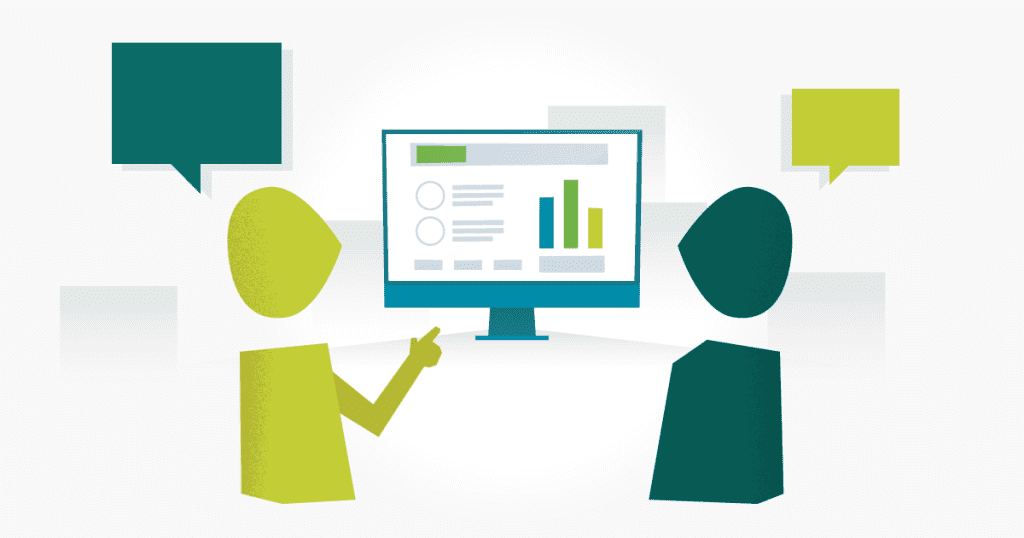Sometimes two heads are better than one. In pair testing, two people sit behind one machine to test the software. One person controls the cursor and keyboard while the other asks questions, discusses test scenarios, and takes notes. Pair testing is a type of exploratory testing where two team members discuss and share ideas and scenarios around the software.
Pair testing is a collaborative effort instead of the usual single-person testing effort. Typically, one of the team members is a tester, and the other is either a developer or a business analyst.

Pair testing is not suitable for executing formal test cases and should never replace other types of testing. It often works well in agile environments to supplement the overall development and QA process.
How to do Pair Testing
Pair with Someone
The first requirement is to find two people who can work well together. If there are personality clashes with the two team members, pair testing will likely not work. The team members must be able to communicate with each other and share the goal of increasing the overall quality of the software.
Prepare the Pair Testing Environment
It’s important to prepare an appropriate environment setup. Find a quiet room with enough space at the desk for two people, avoid distractions, and try to commit one to two hours to the session.
Determine Goals
Pair testing should not be used to execute formal test cases, but it’s a good idea to come prepared with a simple list of ideas and areas you want to cover. You could be testing a new feature or multiple components. If this is the intention, make rough plans for what you would like to accomplish.
Determine the Roles
Determine who will be controlling the keyboard and mouse; this person is called the “driver.” The other team member, the “navigator,” will help guide the session, think out loud, and suggest certain scenarios. Once you’ve completed the session and you have your notes, the next thing to do is log the bugs and feedback.
Take Notes
Wait until after the session to log any bugs. Use the testing time to discuss ideas, scenarios and to try different things. And remember, once the session is over, take the time to log well-written bug reports, which will be appreciated by your team.
The Advantages of Pair Testing
While pair testing might not work for every team, there are several advantages to this type of testing:
- It helps transfer knowledge: Share new information and discover new perspectives.
- It often promotes negative testing: It’s not uncommon for software developers to code for the happy path, while paying less attention to negative scenarios. Pair testing enables the testing of broader areas.
- When identifying bugs, the data is validated by two people: This ensures that bugs are logged accurately and with all the necessary information.
- It can save time: When pair testing with a developer, they might be able to point out the cause of bugs quicker because they are familiar with the coding and framework.
- Pair testing is fun, helps build a positive culture, and breaks down barriers: When two people work together, it can lead to a better understanding of each other. This creates a firmer working environment, and both team members understand more about the complexities of the software.
- Pair testing improves communication: Business communication skills become better honed as two people work through challenges together.
- It breeds positive energy: As long as the two people get along, pair testing can often lead to new, positive energy. Working together to solve problems enhances a team atmosphere.
- Pair testing is also a way of training other employees: For example, customer support can be the “navigator” while the tester “drives” – this allows customer support to understand the workings of a feature which can also help drive better support documentation for customers.
Pair testing is a unique approach to software testing. Unlike most other types of software testing, two people work together to jointly explore a feature or component. Therefore, the software and the team can benefit in positive ways.
About the writer
Jake Bartlett
Jake Bartlett lives and works in Nashville, Tennessee. He has a background in software testing, customer support, and project management.
All Jake Bartlett's articles
